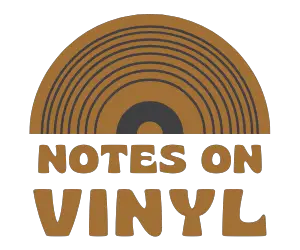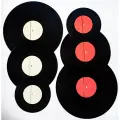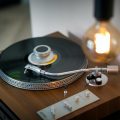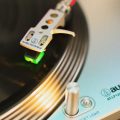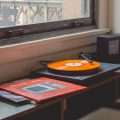Looking to once and for all find out what the differences are between vinyl vs digital? Want to pit vinyl vs digital and let them fight to their demise?
Come join us today as we explore some of the key differences between the two, including how each is made, some of their histories, how each works, and what makes them so different in the first place.
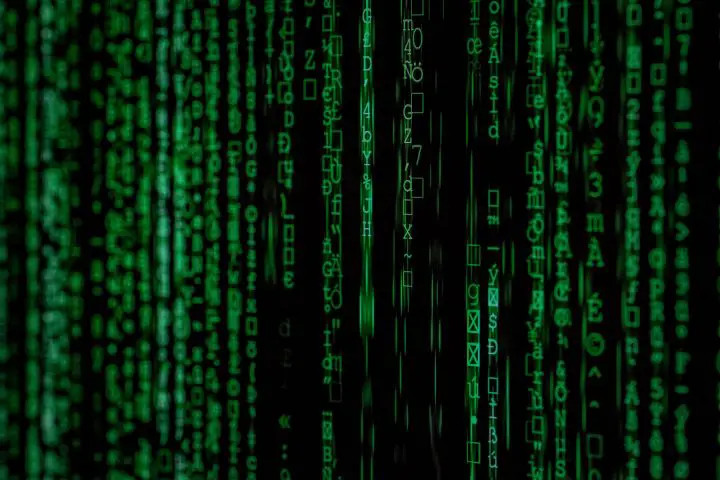
How Does Vinyl Work?
The real debate here should really be between analog and digital. Vinyl is an analog format, just like CDs are a digital format. But digital is not a format. Nevertheless, the intentions behind this debate should be clear.
The key to how vinyl records are made is the imparting of sensitive vibrational data into the grooves of the record. When you hear a record aloud, you are hearing this data brought to life. But how? How does it work?
Glad you asked. Once the record is atop the platter and spinning, the needle can then begin its work. It is placed on the edge of the record, either automatically or manually, and then is led into the grooves themselves.
Here, the needle will begin to rub itself along the vibrational data, transmitting as it goes along the way through the cartridge and then up through the tonearm. The signal being incredibly weak at this point, must be preamplified to be received by the actual amplifier.
The preamp for the turntable might even be lurking within the turntable itself! Once it has been preamplified and then sent to the amplifier, it will be ready to come through the speakers to your ears.
This is an incredibly physical medium. For this reason, the dynamic range of a record is going to be profoundly limited in comparison to CD-quality audio. This sound quality is, however, one of the main appeals for some.
In fact, because of the limited range, very often, the low end is prioritized. Hence why, wax is often favored in intensely bass-heavy genres like dub and its offshoot, dubstep. The deep audio quality is felt to be desirable, especially compared to digital files.
How Does Digital Work?
As we have seen, the audio signal via vinyl is inherently very physical, relying on this physicality to exist. A continuous stream of vibrational patterns is imparted onto the surface of the disc. When met with the needle, it produces sound by conducting these vibrations through the cartridge and out through the preamp, amplifier, and then speakers.
On the other end of things, we have digital files. These are a whole different thing altogether. In digital sound, audio signals are converted into binary code that can then be interpreted by anything that is equipped to do so.
At its inception, there were a number of other formats, though today, digital audio files primarily exist via CDs and streaming. Of course, digital music files now reign supreme. Even after the recent boom of vinyl recordings, digital recordings can scarcely be matched for music listening numbers.
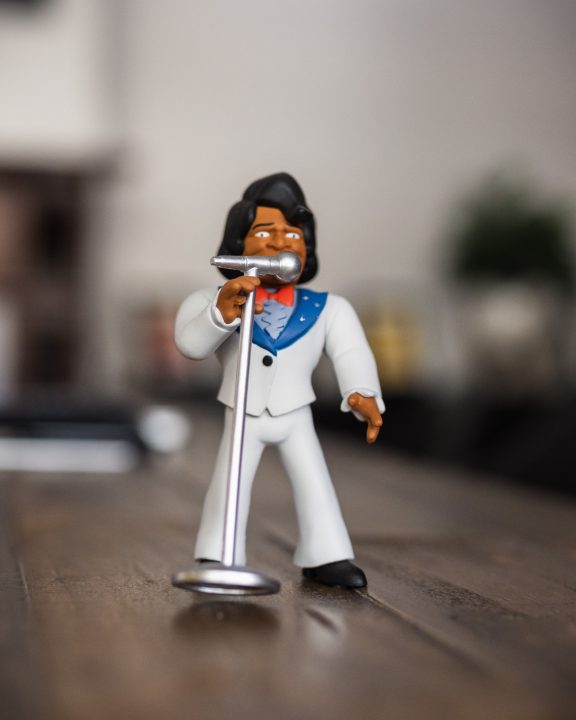
The idea of CDs, though, has been around for decades. Not nearly as long as vinyl sounds, true, but even as far back as the early 70s. Back then, several companies like Sony and Philips were investing in prototypes of digital optical audio recording technology. They even unveiled these prototypes at the world audio fair of the late 70s.
To listen to a digital recording is to hear binary code in action. For a CD, this means a laser that interprets the ‘pits’ and ‘lands’ that are burnt into it. Thus, turning them into electrical audio signals. For streaming, the small ‘data packets’ of compressed audio stored on servers are sent to your device. This converts them into music as you listen along. You would be forgiven for thinking this is pretty far out.
Which Sounds Better?
So, we come to the inevitable head of this debate of vinyl vs digital. Which sounds better? CD vs vinyl? Digital vs analog?
It is difficult to say for sure as both bring different things to the table. Though there are a few objective truths that ought to be addressed.
The way that music is mixed and mastered for both formats is inherently different. For reasons previously stated, the dynamic range of vinyl is quite limited. If a recording was mixed and mastered with too many dynamics in it, then the needle would go flying out of control.
This lower threshold for loudness in vinyl is something that digital formats like CDs excel at. Once CDs were introduced, a new era of volume came about. One where music production could theoretically be as loud as possible. Many actually got the impression that louder meant better. Spawning the much-discussed loudness wars whose aftershocks still continue to this day.
Digital recordings offer an inherently wider dynamic range and frequency response. But, because of the loudness wars, this was significantly reduced. Over time, producers would overuse tricks like dynamic compression to bring the louder parts and quieter parts of a song to a more consistent volume. This might sound great, but it essentially spits in the face of the range that digital recording is so good for.
For this reason, much of what separates digital and analog recording technologies has often been erased. Thus, it is not hard to see why vinyl is so often coveted and has received its second boom. People crave the more organic tones of a record, the more muted dynamic range, and the more natural volume.

Some More Facts About Sound
Surface noise is one of the key issues for those looking to explore audiophilia through vinyl. This is often caused by dust lying in the grooves of a record, sputtering forth the occasional pop or crackle. There is a pretty low noise floor on records, too. This means that if you are listening on headphones, you are going to hear a hiss or hum, however slight that might be.
The same goes for cassette tapes, which is why many are left wondering why such a medium can have made a comeback in the first place. Equally, if the format is broken or warped in any way, then there are going to be pitch distortions.
For some, this is desirable. I am friends with a noise musician who favors tapes. Precisely because of the organic defects that can so often mar them. He feels that there is something more human and responsive in these formats, something that can is easier to respond to live, as though you are playing and reacting to another musician.
Indeed, it seems as though it is the defects that people are returning to vinyl for. The second vinyl boom seems more centric on chasing a lost idea of life from a different time than audiophilia.
Vinyl is itself vulnerable to hum and noise from the various mechanisms that move about in the turntable itself. Obviously, this will not be as much of an issue in higher-quality turntables in higher price ranges, but very often, users are not going for these turntables.
Instead, pick a side in the Crosley vs Victrola debate and use this as their main vessel. If enough money is sunk into it, you can more or less bypass all of the inherent defects of vinyl. Such is the lot of the resident audiophiles.
What’s the Word on the Street?
The professional opinion of many audiophiles is, as you can imagine, rather divided on the topic of vinyl vs digital.
In the case of vinyl, it is the belief of many that “music was never meant to be perceived as accurate or precise. It’s emotive, interpretive, artistic, and expressive. Digitizing music is progress in convenience, not an evolution.”
Their stance on this issue is that vinyl offers a more unique tonal response that is ultimately more expressive as a result. This is represented by the warmer frequencies in vinyl recordings that are supposed to make the music feel more real and organic.
Besides also supposedly being better at discerning the nuances that compressed digital recordings can miss, vinyl is also more than anything about the experience, the ritual of placing a record on the turntable and letting it do its thing. The convenience offered by digital recording almost ruins this.
Inversely, those on the opposite side would argue that digital music can be just as good as vinyl if it is mixed and mastered properly. In fact, many people of this opinion prefer the quality of digital audio – the crystal clarity and the wider dynamic and frequency range.
In terms of the user experience, digital music objectively offers the more convenient option, and this extends not just to listening but also to collecting. Even in the age before streaming, you could still fit your whole collection on your iPod and then in your pocket. For some, this aspect of convenience beats any potential positives that vinyl recording might offer.
In the end, they both offer different things. Personally, I use both vinyl and digital and do not see any problem with this. Life is too short to be a purist about anything, in my opinion.
Final Tones
So, there you have it! Hopefully, you have learned something new and have gleaned a new fact that you had not heard before in this debate of vinyl vs digital. It is never too late to stop being a purist. There are many things that digital does well and many things it does not do so well, and the same goes for vinyl!
FAQs Vinyl vs Digital
Is vinyl better quality than digital?
In certain respects, yes. This will largely depend on what you seek in your listening and user experience, though. Those in search of a more authentic and organic experience will undoubtedly prefer listening through vinyl – it is an inherently physical medium, meaning that there is little separation between the music and the listener. For those looking for a cleaner and clearer sound that is altogether more convenient, then digital is probably going to be the best bet.
Is vinyl better than CD or digital?
Neither is better than one another, rather they are both good at different things. For the sake of pure convenience, digital is going to be the way to go. Not only can you fit an almost infinite amount of songs on a far smaller format, but it is also going to be easier to transport these songs around while they offer a cleaner and clearer sound response. If you are looking for a more authentic and organic experience, then you are likely going to favor vinyl.
Does vinyl actually sound better?
This remains to be seen by each user, for there can’t be an objective answer. Vinyl does certain things better than digital in terms of sound response. On the other hand, digital audio is more adept at offering a cleaner and cleaner sound response unmarred by many of the physical defects that plague vinyl users – this, along with the fact there is an obviously wider frequency range, is the reason many prefer digital audio to analog.
